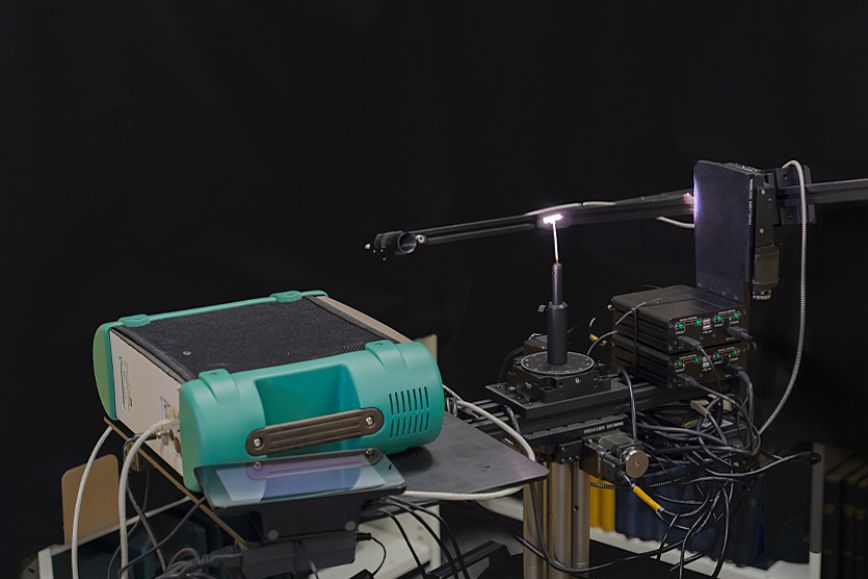Satellites orbiting the Earth provide us with spatial information that is constantly needed for navigation, rescue missions and financial operations, among other things. However, orbiting pieces of space debris objects threaten the operation of the satellites. A single debris particle of one millimetre can render a satellite inoperable if it collides with it. It is estimated that more than 100 million pieces of debris measuring one millimetre are circulating on our runway, and their number is increasing all the time.
So far the challenge has been that it has not been possible to measure or observe the smallest particles of space debris from the ground in order to assess their risks more precisely.
Researchers from the NLS’s Finnish Geospatial Research Institute (FGI) and the Swiss CSEM have now shown that observation is possible. The researchers have successfully tested their method in the Coincident Laser Sheet Particle Monitoring in Space (COLA) project, where they are developing a laser measuring device for a small satellite to map debris particles and small meteoroids.
‘Our task was to develop a physical model for the scattering of light from particles of space debris and small meteoroids. We developed software for simulations and a database for identifying various pieces of space debris. The results were good: the measurement can be done,’ says Jouni Peltoniemi, Research Group Manager at the Finnish Geospatial Research Institute (FGI) of the NLS.
The research results and the tested concept can be used and applied in future by developing tools based on them for detecting space debris and preventing collisions.
The FGI’s new laboratory in Otaniemi enables precise space exploration
Last spring, the FGI moved to new premises in Otaniemi, Espoo, and at the same time, the space geodesy research laboratory was modernised.
‘Our new research laboratory provides an excellent environment for accurate measurements. This will enable us to meet the needs of space exploration in future as well, as research in this field is on the rise,’ Peltoniemi says.
The EU is aware of the threats posed by space debris, and research into space object control and monitoring will strongly increase. At the end of last year, Finland joined the EU-level situational awareness surveillance of the Near-Earth space through a partnership agreement.
Finland will continue to lead the way in space protection research. In addition to the NLS, top experts also work at the Finnish Meteorological Institute and at many companies and universities. In an international evaluation published in February , the quality and impact of the FGI's research were found to be excellent.
More information
Jouni Peltoniemi, adjunct professor, Ph.D., Research Group Manager, +358 50 465 4953
firstname.lastname@nls.fi


